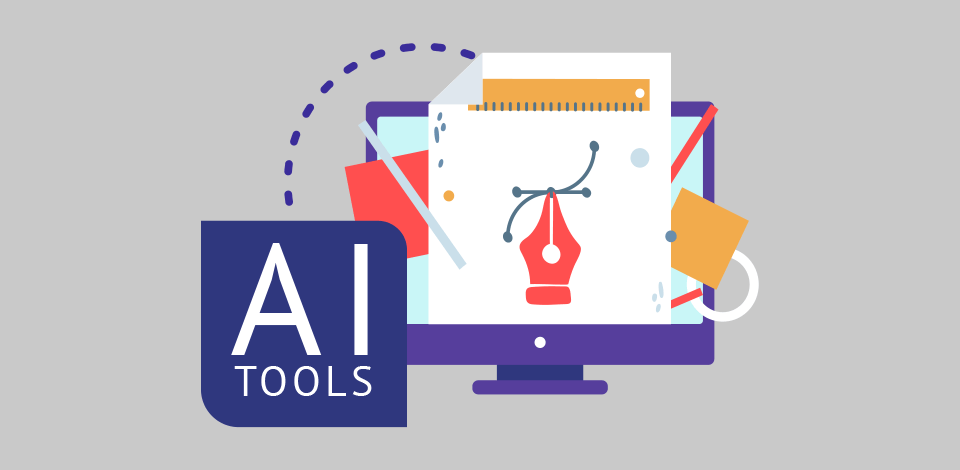
Many may not realize is that AI tools for designers can actually streamline workflows and minimize errors. They can automate repetitive tasks, freeing up valuable time for designers to focus on more important work. This not only increases efficiency but also reduces costs and makes businesses more competitive in the market.
Artificial intelligence software also offer creative inspiration for designers. They can suggest different layout options, color combinations, and even assist with image editing by removing backgrounds or adjusting colors. Additionally, they can provide valuable suggestions for fonts and emojis that match a client's preferences.
However, it's important to note that AI tools may not be suitable for every type of design project. They can be prone to bias and may produce suboptimal results in certain situations. Designers must carefully consider the context and tone of their projects before relying solely on AI tools.
Verdict: Adobe Firefly offers a range of powerful features that can save designers a lot of time and effort. It has advanced 3D modeling, image blending, and texture creation capabilities. This free generative AI tool also allows real-time design viewing and integrates well with other Adobe products, streamlining workflows.
One particularly useful feature is the ability to use text effects, which can be a huge time-saver for creating logos and branding materials. The AI design tool can even generate images of landscapes and architecture that can serve as references for future projects.
Another great feature is the ability to resize images without losing quality. These features are all easy to use and accessible from anywhere with an internet connection, making them incredibly convenient for graphic artists.
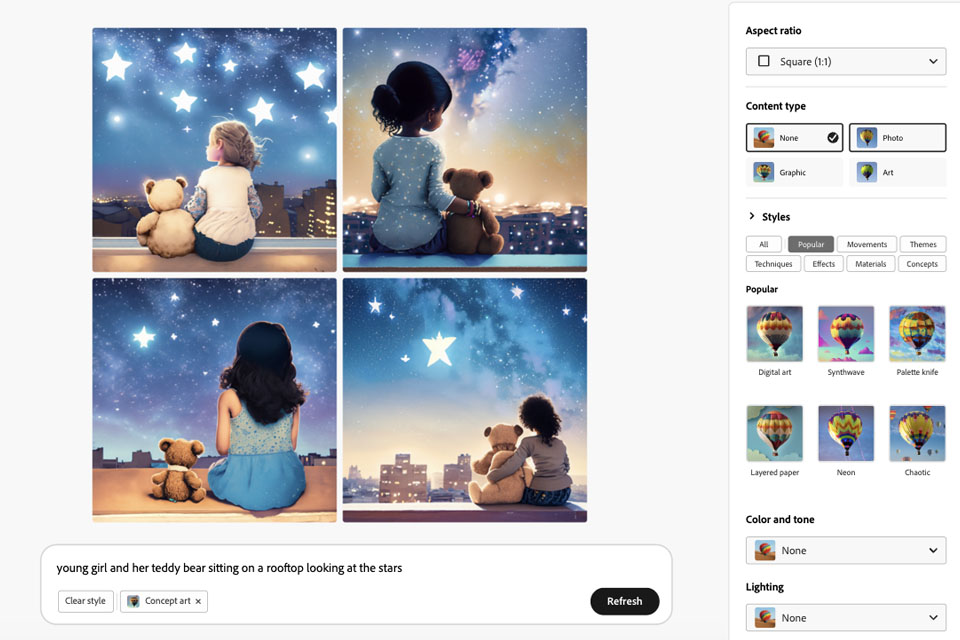
Verdict: Adobe Sensei is an incredible innovation that has revolutionized the design process for professionals and is a base for the majority of Photoshop AI tools. It can quickly assist in creating wireframes and prototypes, as well as help in designing themes and color schemes based on provided images.
This AI design software can automatically tag images with descriptions, crop them to the correct size, generate color palettes, and even identify text in a photo and convert it into editable digital text. And here's a cool feature - it can detect the font type and suggest a suitable match.
It can also help in retouching and blurring backgrounds, removing unwanted objects seamlessly, as well as enhancing details and restoring lost textures in photos.
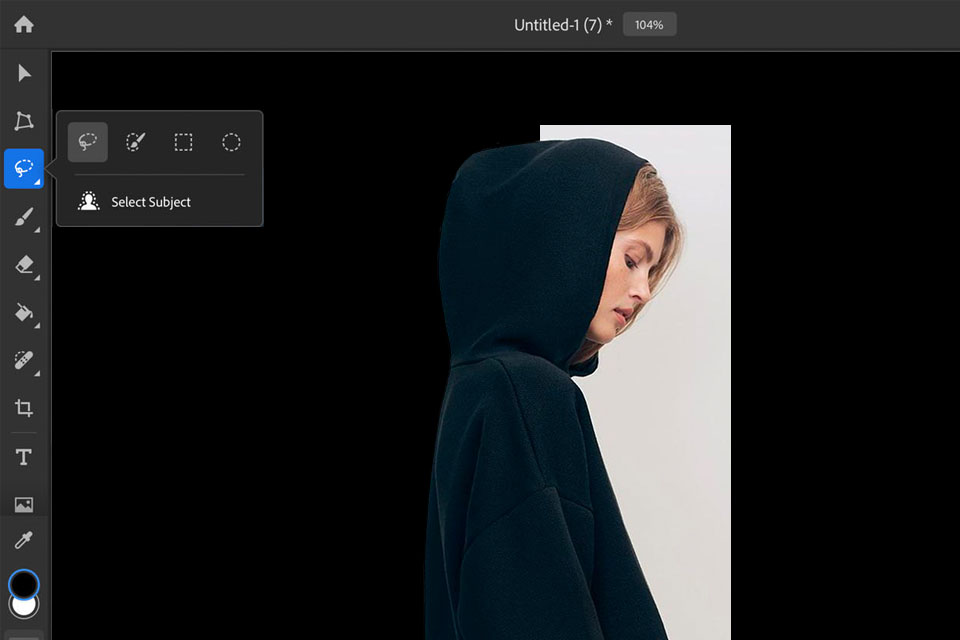
Verdict: One of the advantages of Adobe Express is its integration of generative AI powered by Firefly. This feature offers text prompts that can help refine creative works and provides quick actions like automatic background removal and audio-driven character animations.
Additionally, the tool offers a wide selection of templates and Adobe Stock assets, making it convenient for users to create flyers, resumes, TikTok videos, and more.
The collaboration features such as real-time review and commenting further enhance the usability of the tool. It supports over 100 languages, ensuring global accessibility. The tool has a simple and intuitive interface, allowing users to edit images, videos, PDFs, and other assets.
Although it may not fully satisfy advanced designers, it does serve as a helpful tool for non-designers or beginners. But the price is not low - $9.99/month.
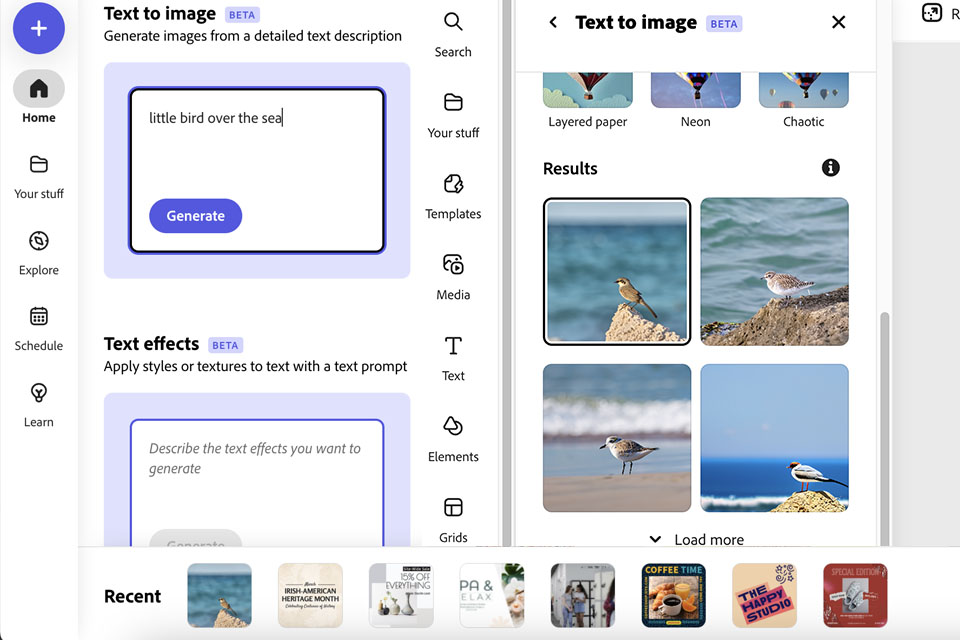
Verdict: Figma is an AI design software and prototyping tool offers a unique approach to design by enabling seamless collaboration among team members, regardless of their location. Gone are the days of constantly exchanging PNG files between designers and developers.
With Figma, teams can work together on a project in real-time, eliminating the need for constant back-and-forth communication.
The user-friendly interface of Figma makes it easy for designers to navigate and utilize its features. It not only allows you to create prototypes and interactive designs but also offers a variety of plugins to enhance its functionality. These plugins, many of which are AI-powered, can automate tasks, assist with complex designs, and save valuable time and effort.
From color palette generators to image optimization tools, these plugins truly elevate the design process. The price starts at $12 per editor/month.
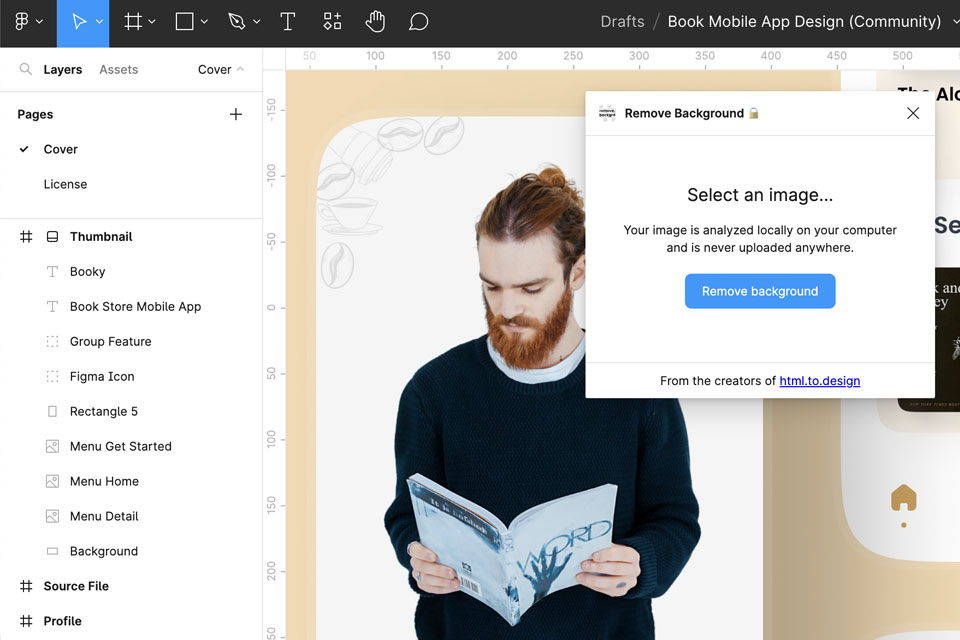
Verdict: One of the major advantages of ChatGPT AI design tool is its ability to quickly respond to queries with unique and detailed answers. This saves a lot of time and effort for design teams compared to searching the internet for information. Additionally, ChatGPT's accuracy surpasses that of many search engines, making it a reliable source for complex programming ideas and code snippets.
It streamlines the design process by providing valuable data to support iteration and can even generate unique content that can be utilized in various ways, such as generating new articles or assisting with graphic design projects.
Also this AI writer allows to make designing for mobile devices easier and more efficient. It costs $20/month.
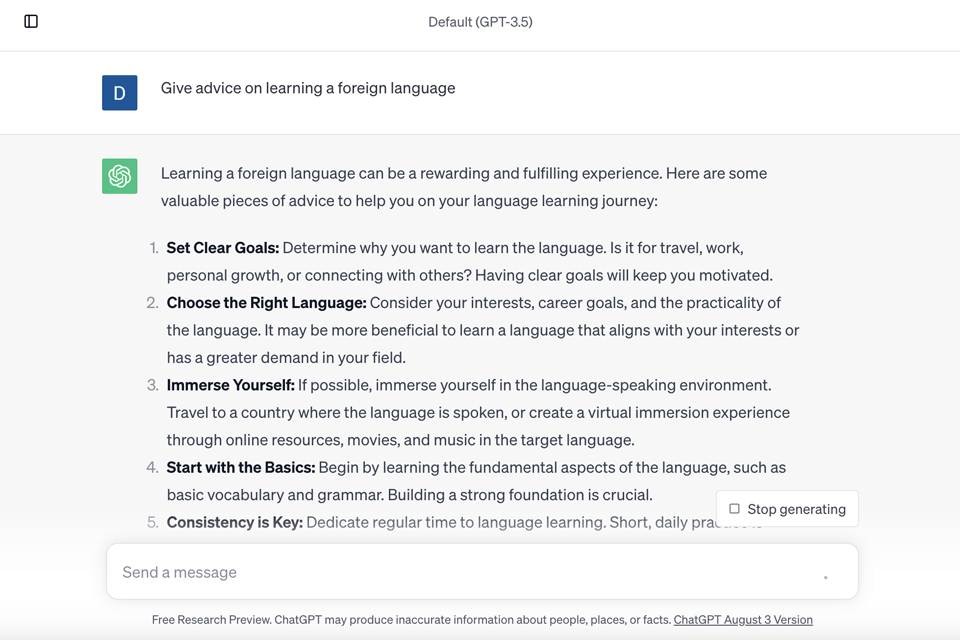
Verdict: DesignWizard proves to be a versatile and accessible platform for creating impressive videos and image designs effortlessly. The seamless integration of user-friendly features, such as the drag-and-drop editor and personalized design options, makes it a standout choice. The extensive template library, curated content, and licensed assets enhance the creative process, catering to both social media and print needs.
The platform's emphasis on customization, allowing users to edit every element in their chosen template, sets it apart. The ability to resize designs, upload custom fonts, and create personalized color palettes adds a layer of flexibility for users seeking unique creations. Leveraging artificial intelligence, the platform streamlines and optimizes design processes, offering users intelligent suggestions, automated resizing options, and smart design features.
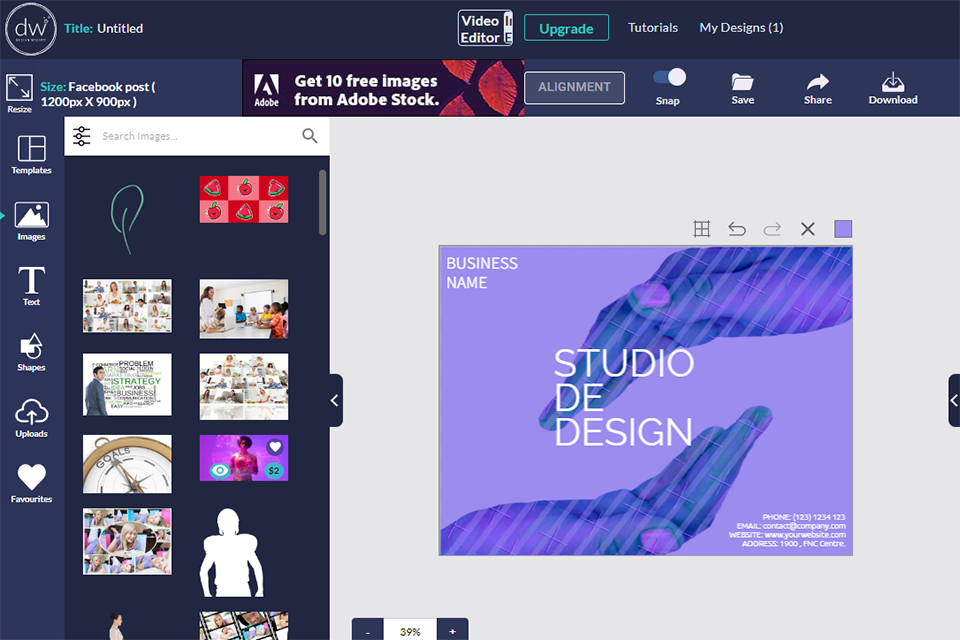
Verdict: Personally, I find Typeface to be very helpful particularly for designers working on complex multi-platform projects. Tools such as Arc, Blend, and Hub greatly simplify the workflow.
Arc allows for end-to-end management of campaigns effectively and in seamless connection with multiple other platforms so that content distribution is aligned with brand standards-the largest advantage to executing high-volume or targeted campaigns.
Blend has been working on scalable personalization where the content is targeted toward an audience, but still embodies the brand voice. Also, Hub acts as a unified multimodal content hub for personalized needs, thereby managing the assets much more efficiently.
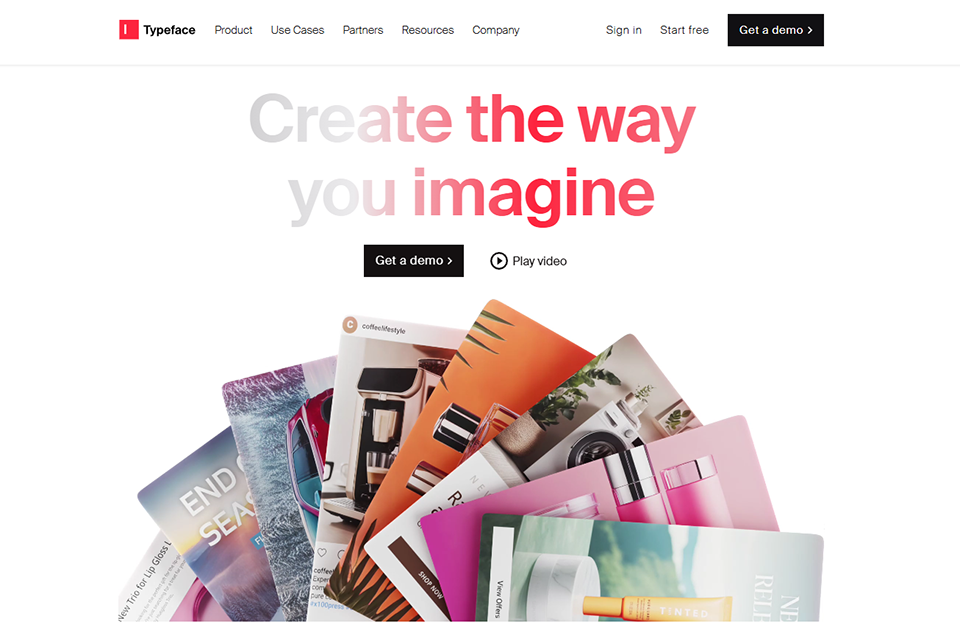
Verdict: Spent some time today working on some graphics for an upcoming community event and didn't want to waste too much time in overly complex design software. Freepik Designer proved to be handy for this purpose - opened a template, swapped in different colors, wrote some text, and the design was clean enough to print and share online.
I also tested the integrated AI writer to generate a brief event slogan, and this was useful in terms of saving time. All functions ran seamlessly in-browser, I enjoyed not having to download anything additional in order to share and organize completed designs in one location.

Verdict: Prisma is an AI tool that allows designers to transform their photos into works of art. It utilizes neural networks to analyze an image and apply various artistic styles, emulating the brushwork and colors of famous artists like Van Gogh, Munch, and Picasso. The result is a stunning and unique piece of art that can be shared with others.
One of the advantages of Prisma is its ease of use. It doesn't require a steep learning curve, making it accessible for designers of all skill levels. Additionally, the app offers customization options, allowing users to personalize their designs by modifying the image, text, and layout. This makes it a great AI profile picture generator.
The price for this AI software is $29/month.
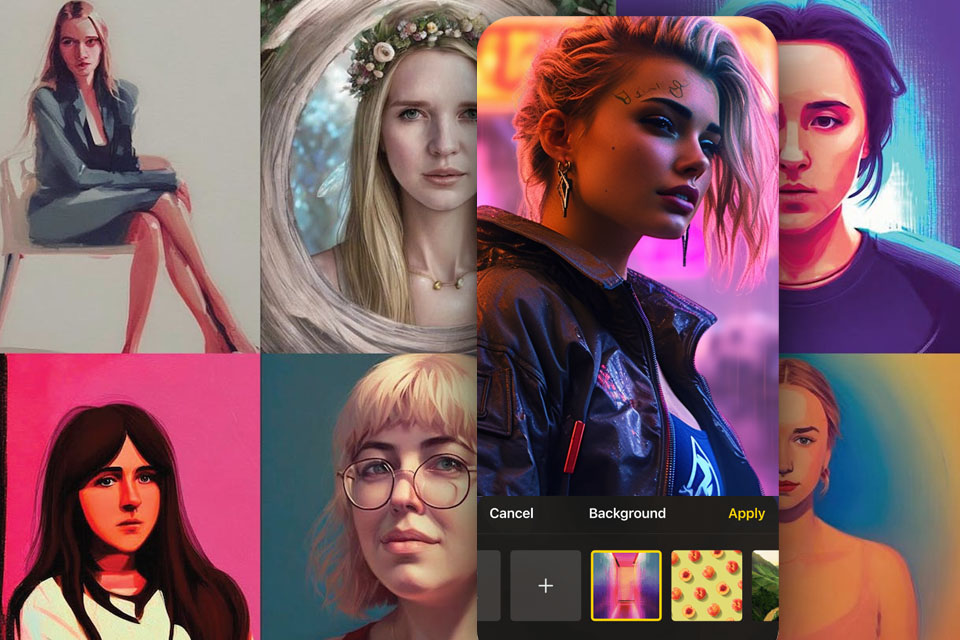
Verdict: As a designer, I am always keen on finding tools that will help me in streamlining my creative process while not compromising on quality. Meshy, an AI-driven platform has proved to be an indispensable addition to my toolkit, mainly in regard to swift 3D model creation.
The one thing that impresses me the most is the functionality of Text to 3D, where one can create experiments and iterate concepts with simple text prompts in real time.
I love the Image to 3D feature too, which works absolutely great when it comes to turning concept arts into a full-on model. This really reduces manual edits, while I can make changes concerning style or details without sweating much.
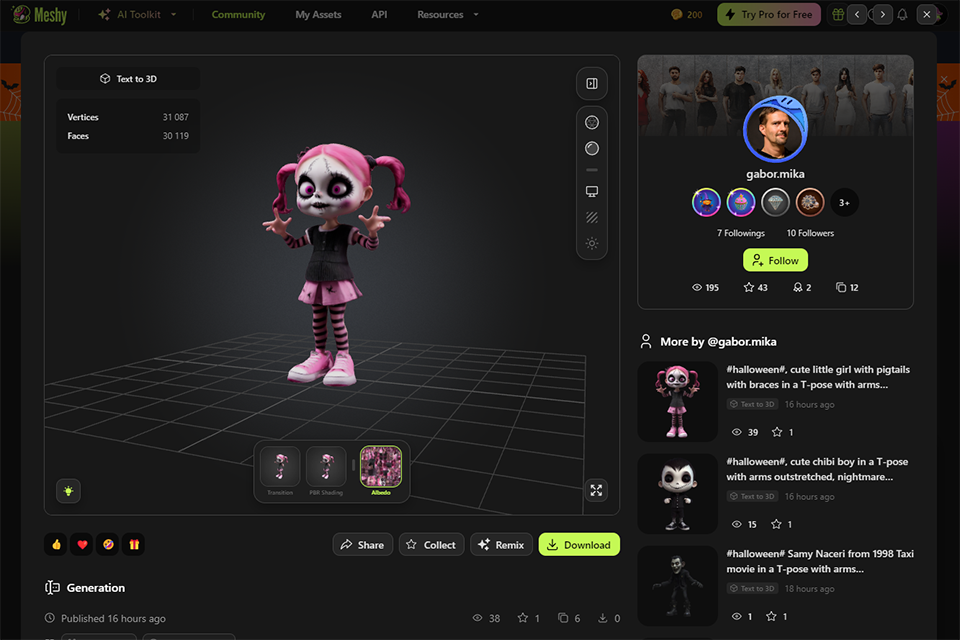
Verdict: For those interested in what MidJourney is, it is a text-to-image AI tool that aids designers in creating images from descriptions. It can be quite helpful during the early design stages and for visual exploration.
However, it is crucial to note that it is not a substitute for UI designers, but rather a tool that can speed up the design process.
This AI tool for designers utilizes generative adversarial networks (GANs), which enables it to create images mimicking the style and content of a given image. The neural network is trained on large datasets of images, allowing the model to produce new images with high-quality resolution and detail.
In fact, it can even generate realistic images that are challenging to distinguish from photographs or hand-drawn illustrations. The price starts at $10 per month.
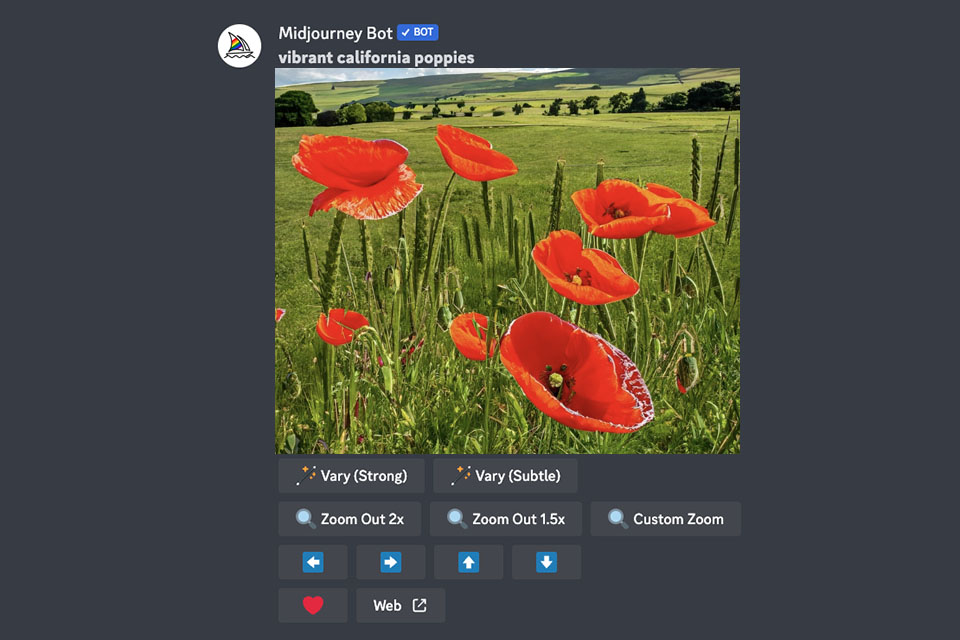
Verdict: AI designer tools like Musho have helped me greatly in increasing the quality of my project work; it gave me intuitive design solutions that I'm looking for to fit my vision of creativity. I recently did a photography portfolio project and used Musho to represent my work in a very attractive way.
By providing it some details of the style I like, layout preference, and color scheme, Musho could come up with some design iterations that made my photography come alive.
The derived layouts were not only visually appealing but also in a way that images could be displayed effectively for an interesting and smooth viewing experience of the visitors.
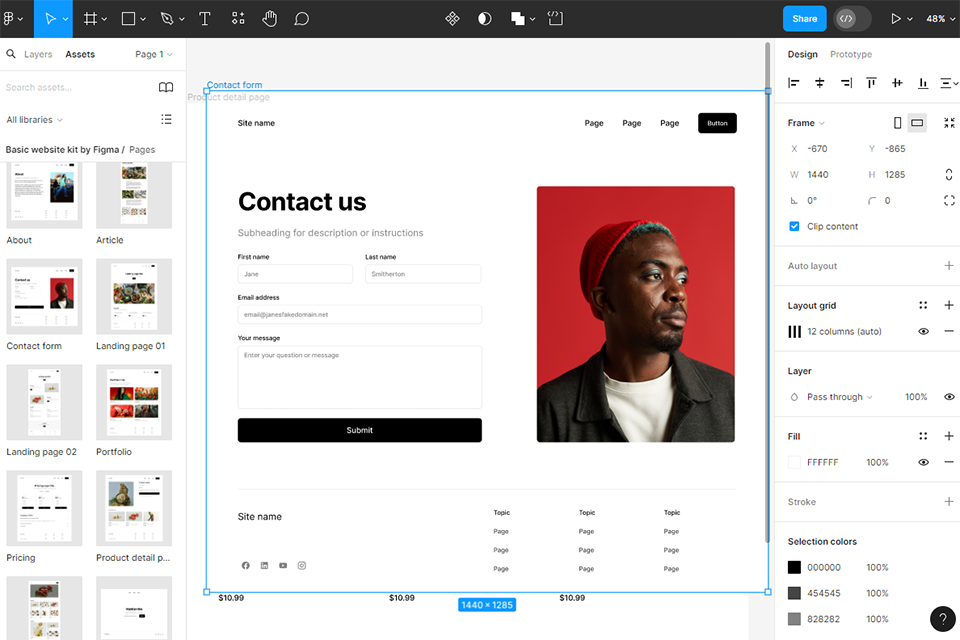
Verdict: One of the main advantages of Uizard is its ability to generate wireframes and mockups quickly. The AI-powered platform can transform hand-drawn sketches, app screenshots, and other visual assets into digital designs using a simple text prompt. This feature is incredibly helpful for entrepreneurs and solo designers who want to bring their app or website ideas to life without spending too much time on the initial design process.
The artificial intelligence software also offers a range of helpful features, such as the Autodesigner tool, which allows users to describe their app or website ideas in plain text and generates an automatic draft of the UI design. This draft can then be customized and edited using Uizard's drag-and-drop editor, making it easy to iterate and refine designs. The minimum cost is $12 per creator/month.
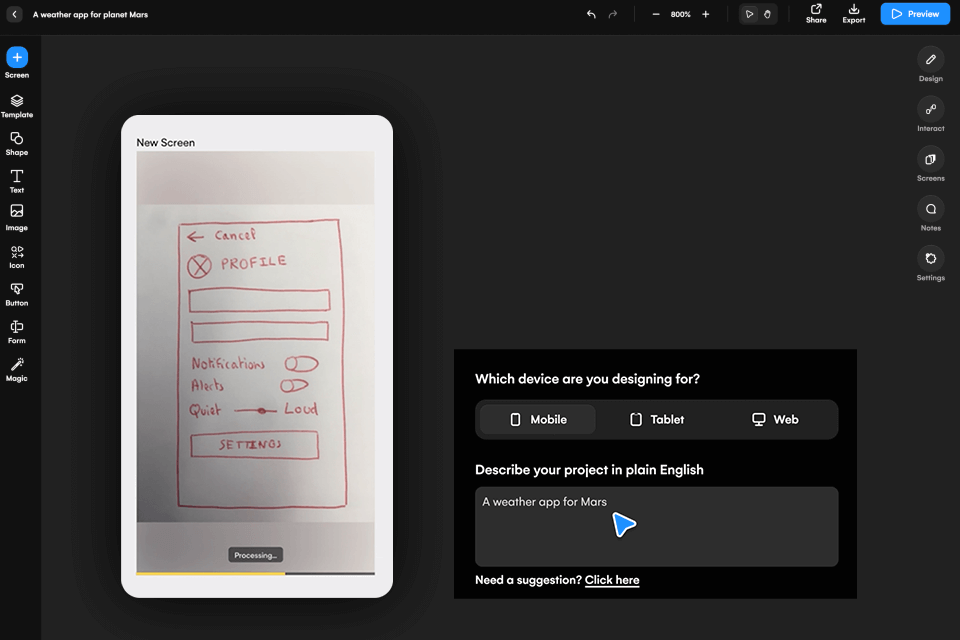
Verdict: DreamStudio is an AI tool for designers which allows designers to create stunning and unique artworks, thanks to its generative design capabilities. The natural language processing and input controls provided by DreamStudio help accelerate creativity, allowing users to customize images quickly and easily.
It generates high-quality, high-resolution images that can be used for websites, social media posts, and various design projects.
Another advantage of DreamStudio is its affordability. Unlike other text-to-image AI web apps that use subscription models, DreamStudio uses a credit-based system. This makes it more cost-effective, especially for designers on a budget. Each credit is valued at approximately $0.01, and you can purchase a minimum of 1000 credits for $10.
